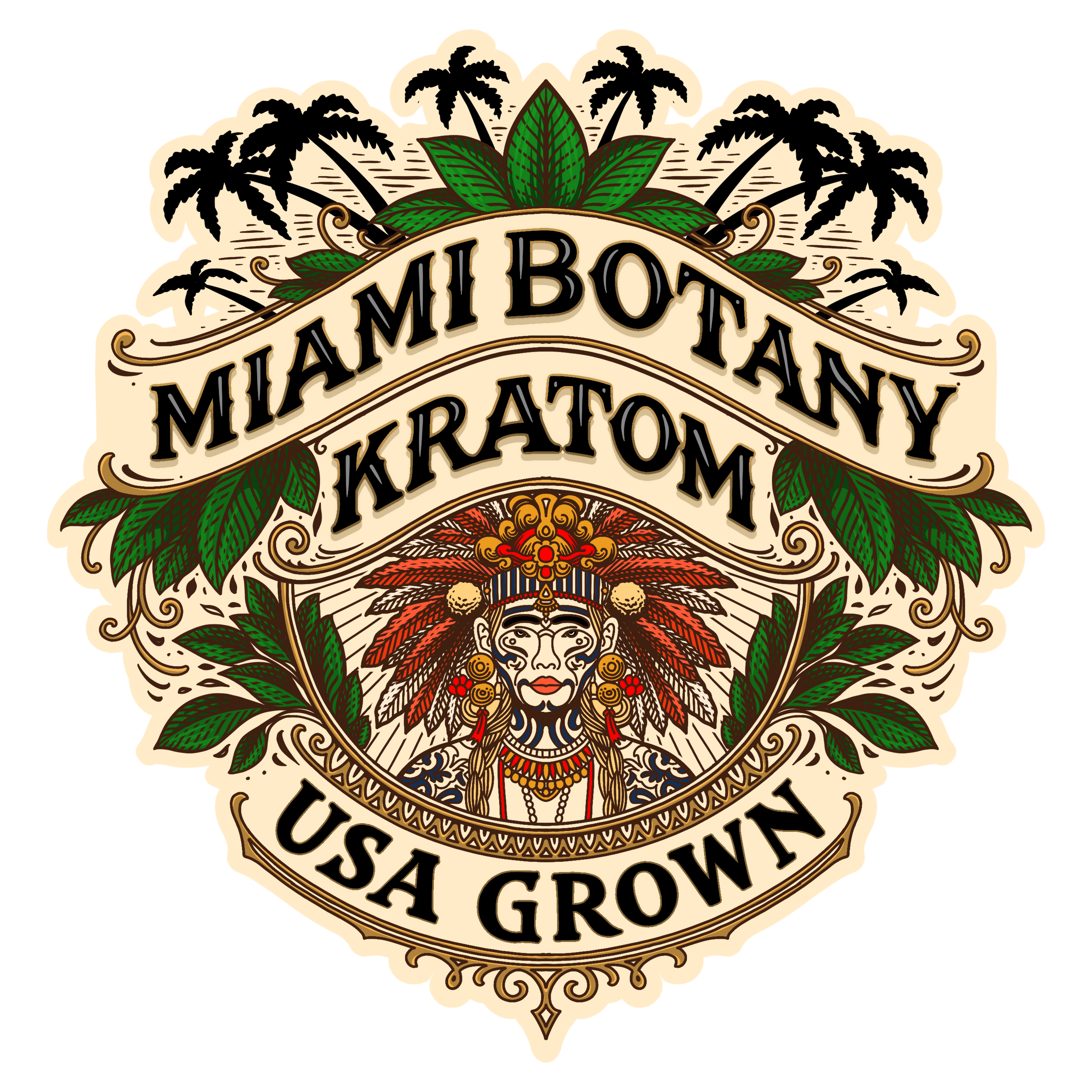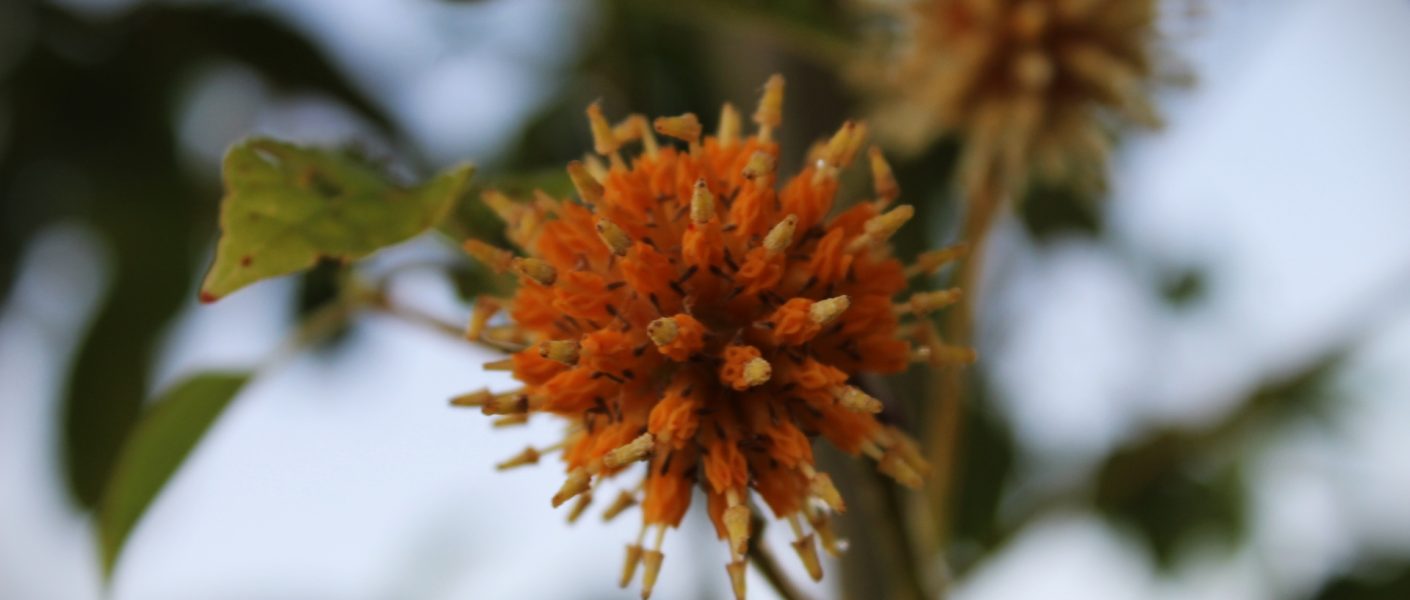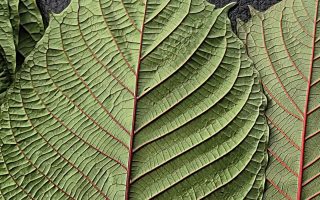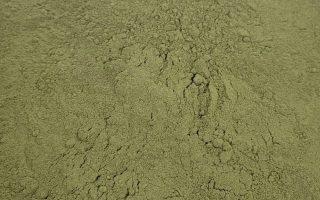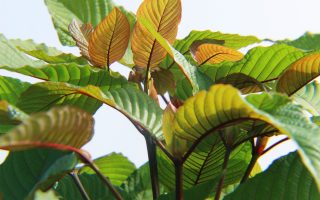How did Kratom get it’s name?
The name Kratom originates from Thailand, and specifically it is derived from the Sanskrit word Kadam, with Sankskrit being a language that originated in India and is now spread across Southeast Asia It’s the primary liturgical language of Hinduism. Kadam refers to the Rubiaceae family of flowering plants. What are Rubiaceae this is a entire species of flowering plants/ trees that produce blooming flowers during a flowering stage of their life, during this stage they bloom to create a flower which then produces their seeds to continue their genetics. kratom at flowering stage creates a small green bud which then blooms into a flower in our picture below you can see the 3 stages of a flower. This flower came off of our Thai tree that is around 12 feet tall.
.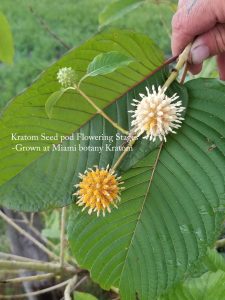
many of the plants from Rubiaceae are believed to be sacred in Hinduism. This miracle plant falls into a well deserved category as being sacred being from the family of Rubiaceae.
In Indonesia it is called Kadamba, Puri, and Keton. In Thailand it is called Kratom, Kraton, Krathawm, Katawn, Kakuam, Graton, Bai Krathom, Thom, and Ithang. In Malaysia it is called Biak, Biak-Biak, Ketum, Kutum, Pokok Biak, Pokok Ketum, and Sepat. In the Philippines it is called Mambog, Lugub, and Polapoput. In Myanmar it is called Beinsa and Beinsaywat, and finally in Vietnam it is called Giam.
As for the scientific name Mitragyna Speciosa, almost all scientific plant names are in latin, so I simply put it into a latin translator website. Speciosa means beautiful, while Mitragyna itself is not a word, but Mitra means headdress. So basically, Mitragyna Speciosa is equivalent to beautiful headdress.
The first botanist to discover Kratom was Pieter Willem Korthals in the 1830s, and he believed the leaves and the stigmas of the flowers resembled the shape of a Bishop’s Mitre, with a Mitre being the special hat a bishop wears.
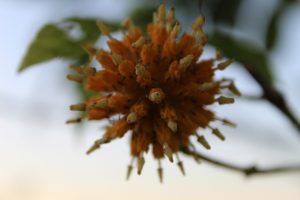
Take a look at our seed pod as you can see the stigmas of the kratom flower are shaped like a Bishops Mitre.
Mitragyna Speciosa not only means beautiful headdress, but a beautiful headdress that a spiritual leader would wear, this adds to the fact that Kratom is a sacred plant, and does miracles for many people so the name is fitting.
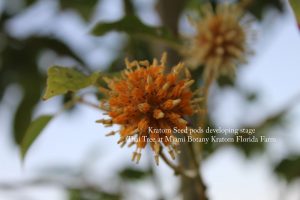
Kratom has been used for thousands of years in Southeast Asia.
Mitragyna speciosa (Rubiaceae) is an indigenous plant of Southeast Asia. This herbal plant is also known as “kratom,” as “ketum” or “biak” (Malaysia), or as “krathom” (Thailand, “thom” in Southern Thailand) and has been used for millennia as a stimulant; as a remedy in traditional medicine; and in social context Historically, manual laborer’s such as farmers, fishermen in northern Malaysia and southern Thailand commonly used Ketum/Kratom leaves to improve their work productivity under the sweltering sun and to relieve fatigue. Rural folk have traditionally ingested ketum leaves to self-treat common medical problems (e.g., diabetes, diarrhea, fever, and pain) and used it as a wound poultice Ketum was also used as an opium substitute in Malaya during opium scarcity . It is still popularly consumed in Asian communities during social gatherings in the villages.
Common Forms Kratom comes in
In the U.S., it’s possible to purchase kratom in these forms:
- Capsules
- Powder- Ground very finely
- Tea- Crushed Dried leaves
- Raw leaves
Reported Benefits of Kratom.
People report using kratom for pain relief, mood improvement, energy, and substitution for potentially more harmful opioids. Although many people can assume that there are different strains. There is not they are all from the same plant/Tree Mitragyna Speciosa.
What causes the difference in powder colors is the intricate process of harvesting and drying the leaves fresh from the tree.
The process of Harvesting and drying the leaves plays a important role in the outcome and this can make or break the end result of the powder. The powder is then converted unadulterated to your capsules or raw leaves (dried) or straight leaf powder.
